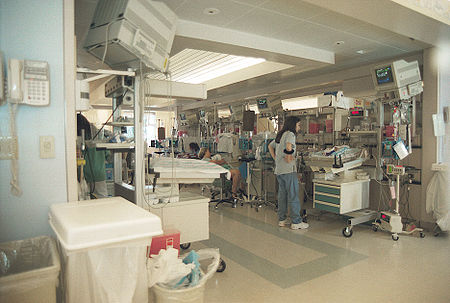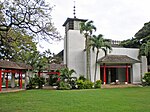Kapiolani Medical Center for Women and Children

Kapiʻolani Medical Center for Women and Children is part of Hawaii Pacific Health's network of hospitals. It is located in Honolulu, Hawaii, within the residential inner-city district of Makiki. Kapiʻolani Medical Center is Hawaii's only children's hospital with a team of physicians and nurses and specialized technology trained specifically to care for children, from infants to young adults. It is the state's only 24-hour pediatric emergency department, pediatric intensive care unit and adolescent unit. The hospital provides comprehensive pediatric specialties and subspecialties to infants, children, teens, and young adults aged 0–21 throughout Hawaii.The facility was founded by Queen Kapiʻolani as the Kapiʻolani Maternity Home in 1890 for which she held bazaars and luaus to raise $8,000 needed to start the Home. It has since changed its name several times. Kauikeolani Children's Hospital opened in 1909 named for Emma Kauikeōlani Napoleon Mahelona (1862–1931), the wife of Albert Spencer Wilcox (1844–1919). In 1978, it merged with Kapiʻolani Hospital to become Kapiʻolani Medical Center for Women and Children.
Excerpt from the Wikipedia article Kapiolani Medical Center for Women and Children (License: CC BY-SA 3.0, Authors, Images).Kapiolani Medical Center for Women and Children
Punahou Street, Honolulu Pawaa
Geographical coordinates (GPS) Address Phone number Website External links Nearby Places Show on map
Geographical coordinates (GPS)
| Latitude | Longitude |
|---|---|
| N 21.2998 ° | E -157.8335 ° |
Address
Kapi'olani Medical Center for Women and Children
Punahou Street 1319
96826 Honolulu, Pawaa
Hawaii, United States
Open on Google Maps





